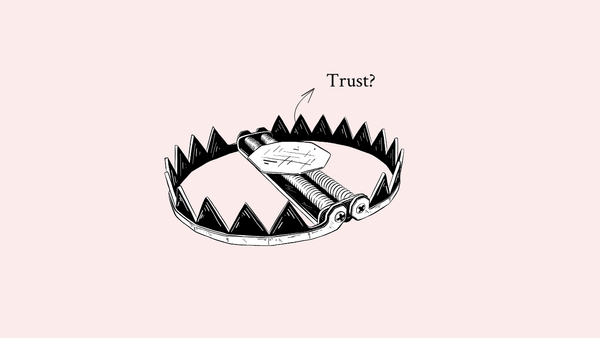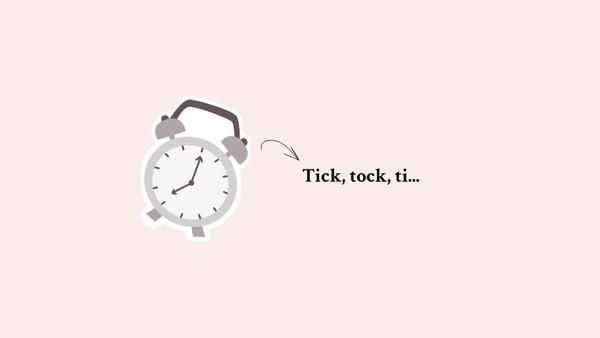What's the Role of C-Level in Business Agility? (Part 1)

If you run the show, this might interest you. If you advise someone who does, this might interest you too.
Want to stay on the loop? Subscribe now.
Business Agility it's a superpower. A coveted one. It gives your company the ability to adapt and deliver solutions as fast as change itself.
In some way or another, almost every organization is seeking to achieve that.
But to get there... it's just hard. It take years. It imply changing processes, systems, beliefs, and behaviours deemed impossible to change.
While success is not guaranteed, C-level can increase the odds. If you're one, then that's your role. You're the Lucky Charm, if you're up to. You can make a difference when it comes to making your organization more nimble and effective.
You are the Lucky Charm
Ok... but how? How can I play such a role?
Here are 3 actions you can do to increase the odds in your favor:
- The obvious one
- The quick one
- The intrepid one
Now, let's get into the why of each action, plus 👣 practical steps so you can implement them.
#1 The obvious one: fund a program, not a project.

Business Agility it's not an end state. It's a process. A continuous process.
It's not about whether your company is Agile or not. It's about how much Agile you are in this current period, and what do you want to improve for the next one.
Hence, if your Business Agility initiative is a project, a finite project, your agility will be finite as well.
finite project = finite Agility
Even if the project was succesful. Your competidors will keep evolving, your customers will keep evolving, and the environment will keep you surprising.
What can you do?
To start another project might be harder. The people previously involved may be elsewhere. The consultants that helped you before may be unavailable. The funds required may be already invested, or available in the next budgeting cycle.
What's the alternative?
If you are planning to start a Business Agility initiative, make it an ongoing effort: a continuous program rather than a project. That single decision will move the needle from zero % of success to something % of success.
👣 Practical Steps:
2) Secure funding (easier said than done, buy hey, this is the obvious one action, no the easiest one)
3) Gather a diverse team of intrapreneurs, change agents, and innovators.
4) Provide the team with an strategic intent (and let them figure out the how)
5) Set a Definition of Done (How do we know when, if ever, the program achieved its intent and it's no longer required?)
6) Set an appropriate Inspect & Adapt cycle (to check whether or not it's convenient to continue, stop, increase or reduce funding)
If it's already a project, then:
b) Make use of your hard-earned negotiation skills to secure funding for at least one additional budget cycle
c) Tell the good news to the team
d) Keep working to provide a longer financial runway; and
e) Implement steps #4 to #6 as well (See above ⤴️)
Trust me on this one. Making this a journey and not a destination will improve your chances of success.
Let's wrap this up with a quick recap:
Thanks for reading!
Enjoy this Post?
Now, onto action #2 --the quick one.
PS: Leadsticks is my new leadership zine and your new issue is out now. Read the digital edition here. Subscribe here. Join the print edition waitlist here.




